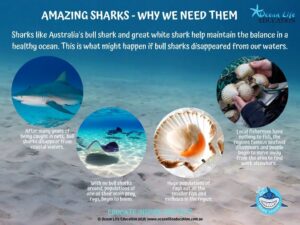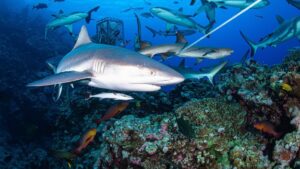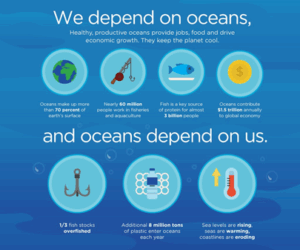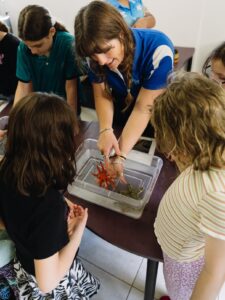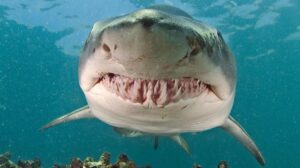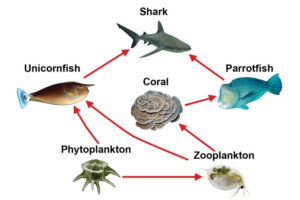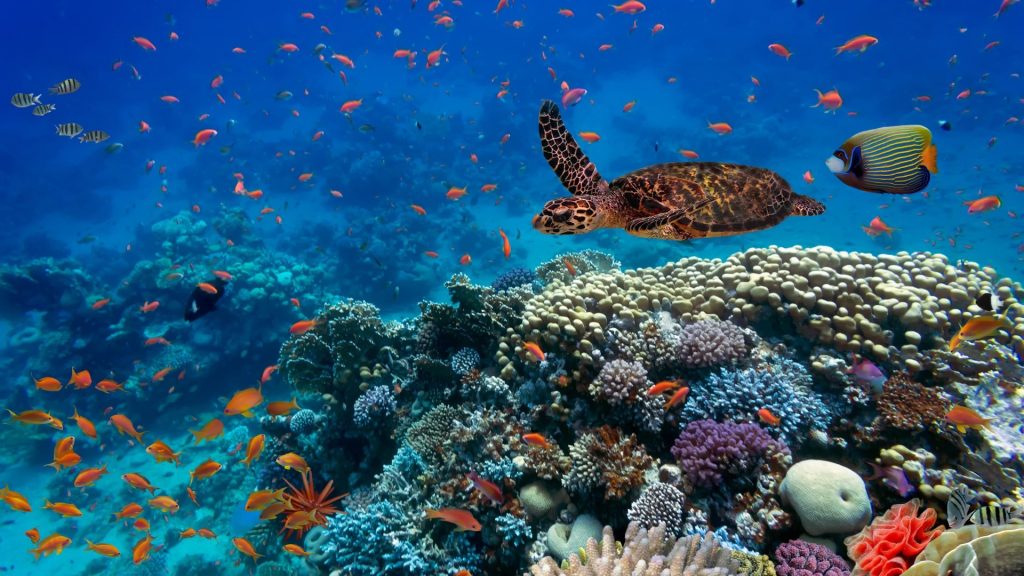
Australia’s oceans are home to some of the most diverse marine ecosystems on Earth – from the vibrant Great Barrier Reef to the deep trenches of the Southern Ocean. Teaching marine biodiversity in secondary schools is not only relevant and engaging, but essential for developing scientific literacy and environmental responsibility in young people.
In this blog, we’ll explore why marine biodiversity matters, how it sustains healthy ecosystems, and how you can integrate this topic into your secondary science or sustainability curriculum.
🌊 What Is Marine Biodiversity? 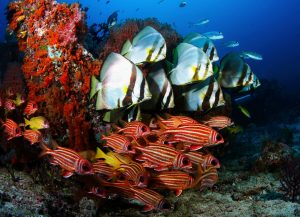
Marine biodiversity refers to the incredible variety of life in the ocean – from microscopic phytoplankton to apex predators like sharks and orcas. This diversity plays a critical role in maintaining ecological balance, supporting food webs, and enabling natural resilience to environmental change.
Secondary students can investigate biodiversity through the lens of biology, environmental science, and even global systems. Exploring the interconnectedness of ocean life encourages deeper thinking about sustainability, conservation, and human impact.
🧠 Why Marine Biodiversity Matters
Marine biodiversity supports life on Earth in complex and far-reaching ways:
-
Ecosystem stability: Different species maintain ecosystem health through their unique roles
-
Oxygen production: Oceanic phytoplankton produce more than 50% of Earth’s oxygen
-
Food security: Healthy biodiversity supports sustainable fisheries
-
Scientific breakthroughs: Many marine species hold keys to future medical and technological innovations
-
Coastal protection: Reefs and mangroves buffer communities from erosion and extreme weather
Understanding these systems prepares students to engage critically with current environmental challenges, including climate change and biodiversity loss.
Marine Biodiversity in the Secondary Classroom
Here are five ways to explore marine biodiversity with high school students, linked to the Australian Curriculum Version 9 in Science, Geography, and Sustainability:
1. Investigate Australian Marine Ecosystems
Use real-world examples like the Great Barrier Reef, mangrove estuaries, or seagrass meadows. Encourage students to examine species interactions, ecological roles, and environmental threats. Book an Ocean Life Education incursion or excursion to engage students with live marine animals and expert educators.
2. Classification & Adaptations 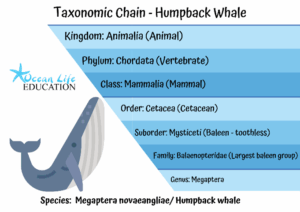
Use biological classification frameworks to group marine species (e.g., phyla, classes, orders). Focus on structural adaptations that enable survival in different habitats – from bioluminescence in deep-sea creatures to the streamlined bodies of pelagic fish.
3. Build a Marine Food Web
Challenge students to construct complex food web models showing predator-prey relationships and trophic levels. Discuss what happens when a keystone species is removed. This is an effective way to introduce systems thinking.
4. Analyse Human Impacts
Explore issues such as coral bleaching, plastic pollution, ocean acidification, and overfishing. Use case studies, scientific reports, or host an Ocean Life Education Human Impact Incursion to examine real-world data and encourage critical discussion.
5. Explore Indigenous Perspectives
Incorporate Aboriginal and Torres Strait Islander ecological knowledge of marine environments. Traditional practices around sustainable fishing and ocean stewardship align powerfully with modern conservation efforts and are embedded in cross-curriculum priorities.
Curriculum Connections 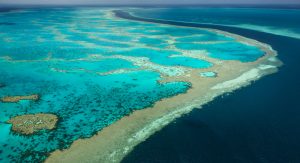
Marine biodiversity aligns with key strands in the Australian Science Curriculum Version 9, including:
-
Biological sciences (ecosystems, classification, adaptations)
-
Science as a human endeavour (sustainability, ethical use of resources)
-
Cross-curriculum priorities: Sustainability and Aboriginal and Torres Strait Islander Histories and Cultures
It also supports learning in Geography, Health, and STEM education more broadly.
Inspire the Next Generation of Ocean Stewards 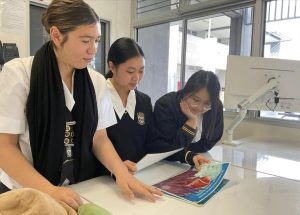
Teaching marine biodiversity at the secondary level equips students with the knowledge and critical thinking skills needed to understand and respond to global environmental issues.
It also fosters a sense of personal responsibility and connection to our oceans – empowering the next generation to act as ocean stewards and advocates for sustainability.
👉 Explore our secondary school incursions, interactive displays, and hands-on experiences with Ocean Life Education.
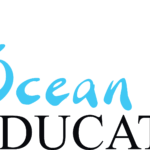 About Ocean Life Education
About Ocean Life Education
Ocean Life Education delivers fun, hands-on marine incursions for Australian schools, aligned with Version 9 of the Australian Curriculum. We bring live marine animals and engaging activities into the classroom or outdoor settings, helping students explore marine biodiversity and ocean ecosystems in a meaningful way.
Our programs inspire curiosity and encourage students to care for Australia’s unique marine life through real-life connections and expert guidance.
👉 Learn more or book your incursion today
Useful Links
Ocean Life Education’s High School Programs
For more information about what we do, check out Ocean Life Education.
We hoped you enjoyed reading our blog: Teaching Marine Biodiversity in Australian Secondary Schools
Here’s a link to our other news



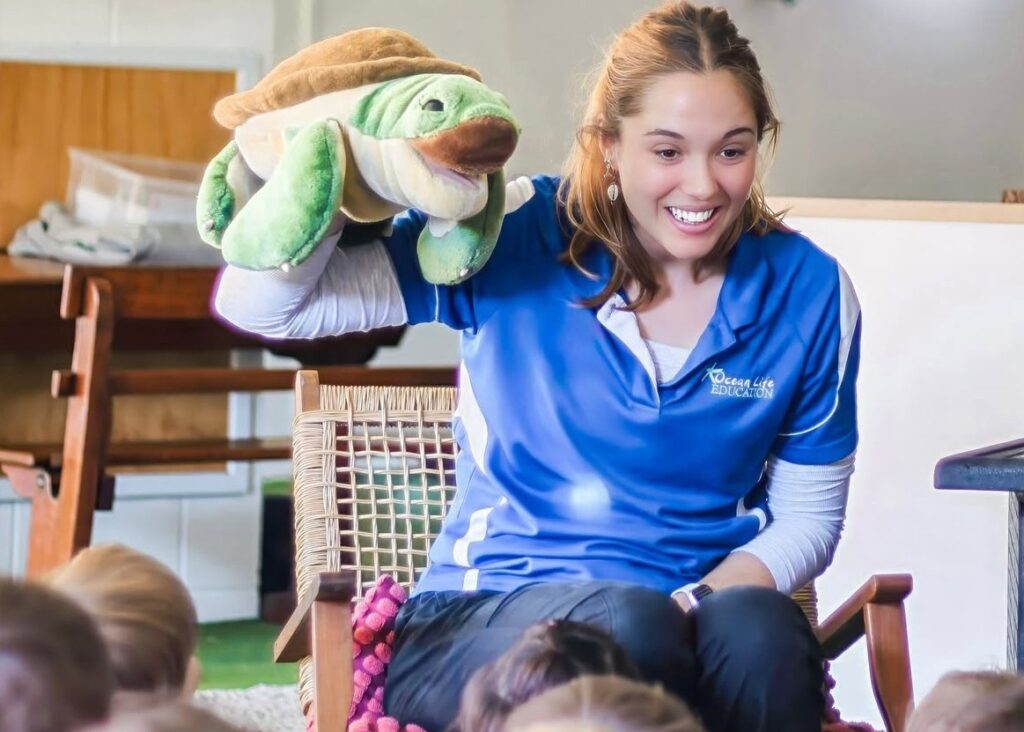
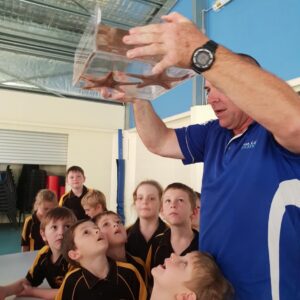
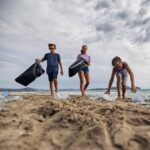
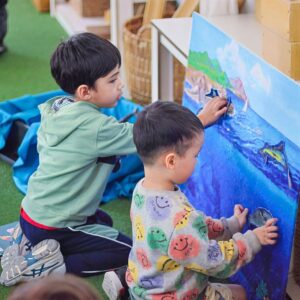
 learners. We deliver fun and interactive programs aligned with Version 9 of the Australian Curriculum, bringing the ocean to life in both classrooms and outdoor settings. Each session is designed to suit the specific needs of your school or event, with a focus on exploring local marine ecosystems.
learners. We deliver fun and interactive programs aligned with Version 9 of the Australian Curriculum, bringing the ocean to life in both classrooms and outdoor settings. Each session is designed to suit the specific needs of your school or event, with a focus on exploring local marine ecosystems.